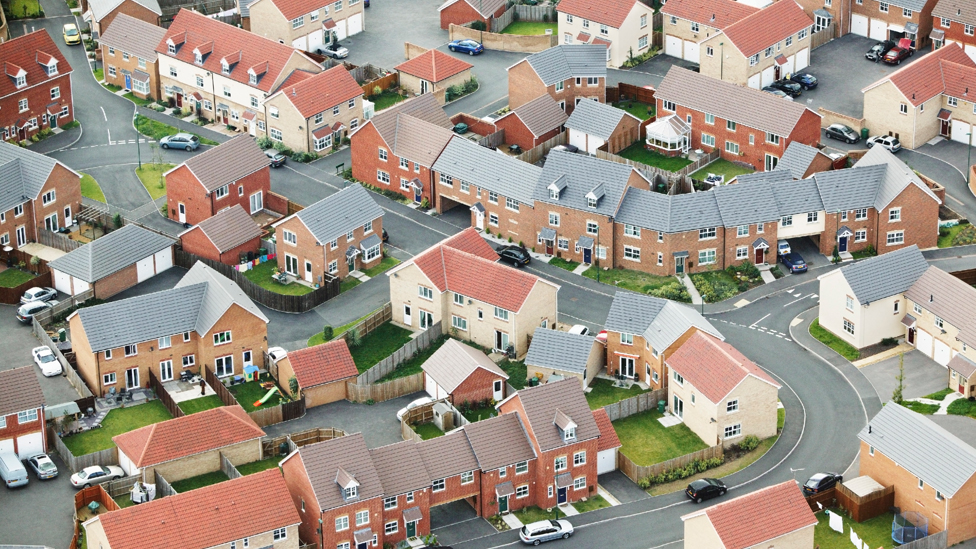
The Power of Community Involvement in Neighborhood Redesign across the UK
In the ever-evolving landscape of urban development, the importance of community involvement in neighborhood redesign cannot be overstated. The United Kingdom has witnessed a transformative shift in recent years. With successful projects highlighting the profound impact of engaging local residents in the redesign process. These endeavors go beyond mere structural changes; they embody the spirit of unity, fostering a sense of ownership and pride among community members. In this blog, we delve into some remarkable examples where community participation has been instrumental in shaping the future of neighborhoods across the UK.
The Green Oasis Initiative – Manchester:
In the heart of Manchester, the Green Oasis Initiative stands as a testament to the power of collaborative community involvement. Recognizing the need for green spaces and sustainable living, residents actively engaged in planning sessions. Sharing their insights on how to transform vacant lots into vibrant community gardens and parks. The result is a network of green spaces that not only enhance the aesthetic appeal but also provide recreational opportunities. Bringing neighbors together in a shared oasis of tranquility.
Reimagining High Streets – London:
London’s diverse neighborhoods have seen a resurgence in community-led efforts to revitalize local high streets. Residents, local businesses, and urban planners joined forces to reimagine these spaces, ensuring they reflect the unique character and needs of each community. In Brixton, for instance, the Electric Avenue project empowered locals to influence the redesign of their iconic market street. The outcome is a bustling hub that celebrates cultural diversity, supports local businesses, and creates a welcoming atmosphere for residents and visitors alike.
Affordable Housing Redesign – Glasgow:
Affordable housing is a pressing issue across the UK. Glasgow has emerged as a beacon of hope through its community-driven redesign projects. Local residents actively participated in planning sessions and design charrettes to address housing challenges. The result is not just aesthetically pleasing architecture but homes that are tailored to the needs of the community. Inclusive design principles were incorporated, ensuring accessibility and affordability while fostering a sense of belonging among residents.
Playful Spaces – Bristol:
Bristol’s Playful Spaces initiative showcases how involving the community can transform mundane urban spaces into vibrant, interactive environments. By collaborating with local artists, children, and families, the project transformed neglected areas into colorful playgrounds and art installations. The initiative not only brought joy to residents but also instilled a sense of pride and responsibility in maintaining these spaces, fostering a stronger sense of community.
Conclusion:
These success stories from across the UK underscore the transformative potential of community involvement in neighborhood redesign. When residents actively participate in shaping the future of their communities, the outcomes extend beyond the physical landscape. They create a profound sense of belonging, pride, and unity, fostering neighborhoods that are not just visually appealing but are vibrant, resilient, and sustainable. As we look toward the future, these examples serve as inspiration for other communities to embark on their own journeys of collaborative redesign, ensuring that the heart of urban development remains firmly rooted in the people it serves.






